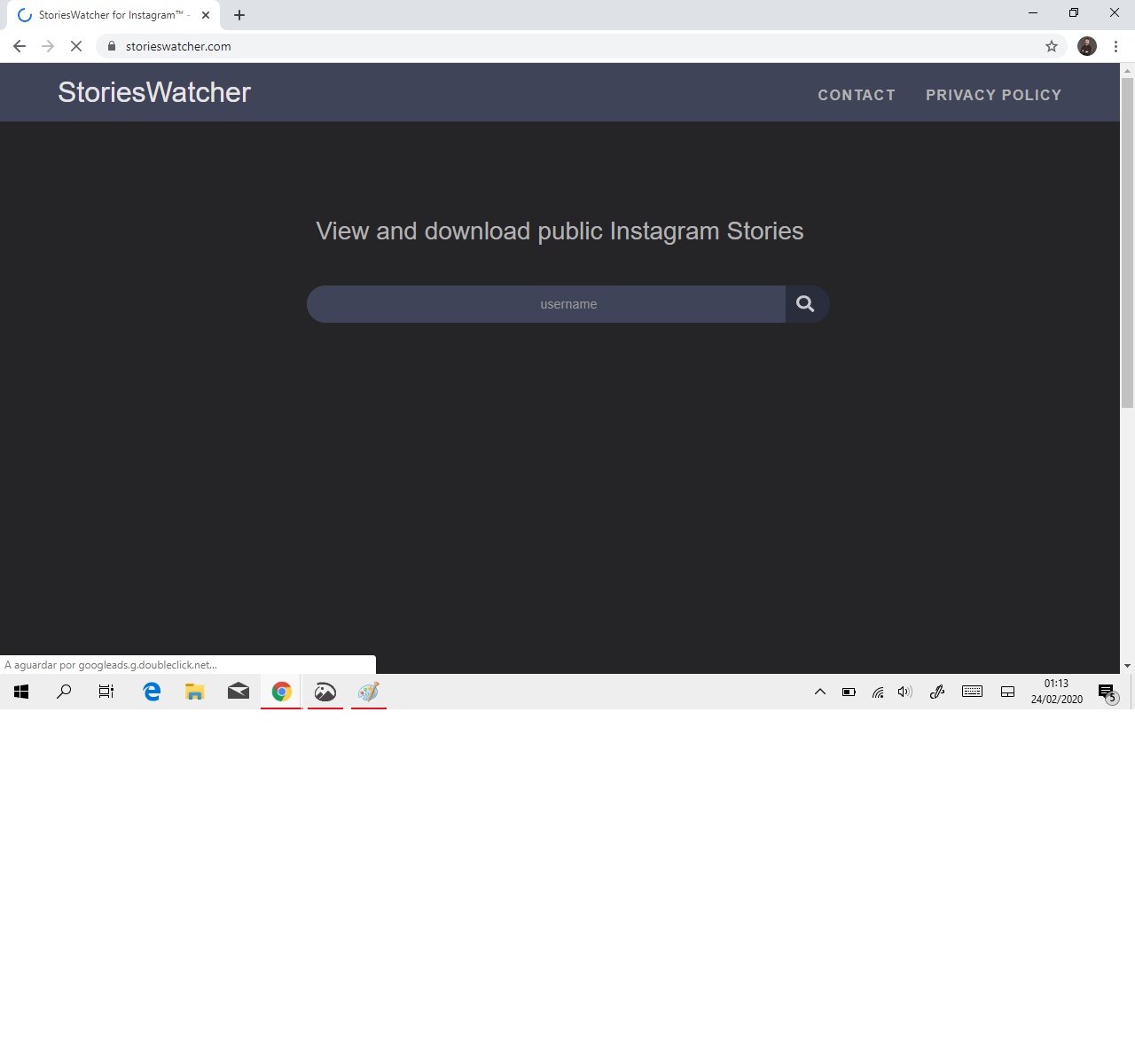


Celebratory foods include a diverse collection of culinary traditions that can be traced back to Southern superstition, influenced by beliefs across West Africa. The occasion is customarily marked by celebrations of fellowship and a worship service, followed by a fortuitous meal on New Year’s Day. Many congregants across the nation bow in prayer minutes before the midnight hour as they sing out “Watchman, watchman please tell me the hour of the night.” In return the minister replies “it is three minutes to midnight” “it is one minute before the new year” and “it is now midnight, freedom has come,” to bless their transition into the new year. The Watch Night service typically begins around 7pm on December 31 and lasts through midnight, as faith leaders guide congregants in praise and worship. This spirit is still visible in Watch Night services today. But enslaved people persisted in their faith practices as forms of resistance and freedom. They convened at praise houses on plantations or secretly gathered in the woods, where they practiced their faith under the protective cover of the trees and brush in what became known as “hush harbors.” As Charlotte Martin, a formerly enslaved woman from Florida, recounted, “ would not permit them to hold religious meetings or any other kinds of meetings, but they frequently met in secret to conduct religious services.” Charlotte’s own brother was beaten to death for participating in such secret worship meetings. Despite these laws, enslaved people sought to exercise their own religious customs, including Christianity, Islam, and indigenous faith practices reflective of the homes from which they were stolen.


 0 kommentar(er)
0 kommentar(er)
